iNaturalist is a great platform for recording observations of plants and animals.
To date, over 140,000 people in Canada have submitted more than seven million observations to iNaturalist of upwards of 32,000 species. For those observations to be more useful it is important that the species can be identified in the photo.
After going through hundreds of turtles observations on iNaturalist Canada, I see some common problems that make it difficult to identify the species in the photo.
Here are some tips to take better photos of turtles and improve your iNaturalist observations.
Zoom In!
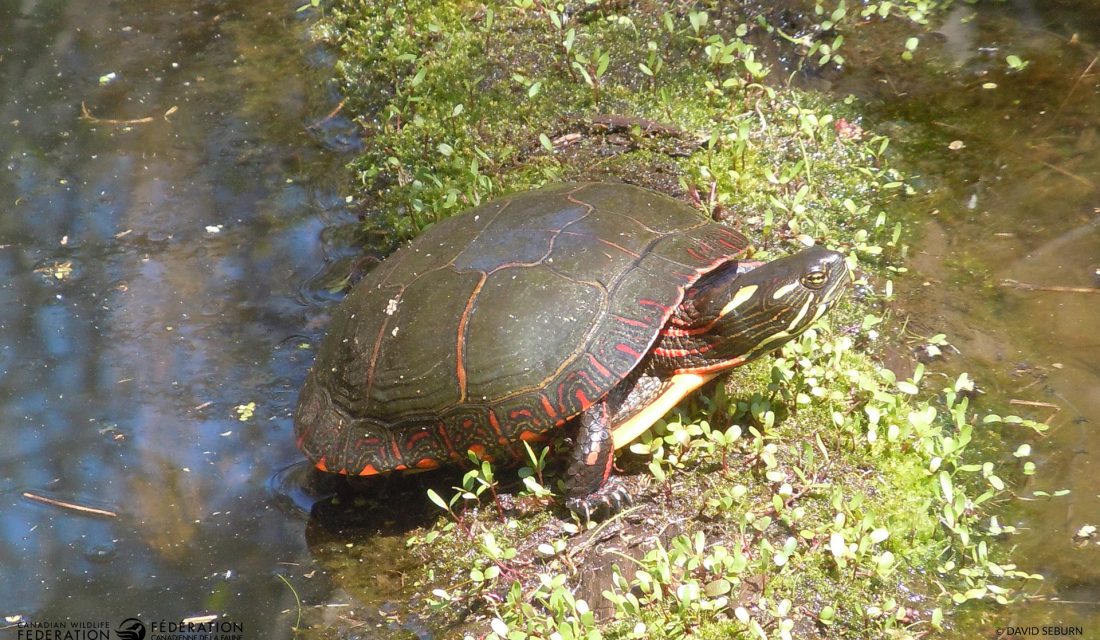
In some observations on iNaturalist, the turtle in the photo is just a small blob on a log on the far side of a wetland. It is important to zoom in as much as possible to get a good photo. Sometimes the turtle is too far away for a cellphone camera to get a good picture. In those cases, sometimes it is possible to get closer to the turtle or use a regular camera with more of a zoom function to get a better photo which can be added to the observation later on.
Focus!
It may seem obvious that the photo should be in focus, but there a number of blurry photos on iNaturalist. Try taking a couple of shots of a basking turtle to make sure at least one is sharp and in focus. It doesn’t cost anything to take two or three shots.
Play the Angles!
Sometimes that basking turtle is partially behind a bush and only the rear of the shell is visible. This can make the turtle hard to identify in the photo. Take the shot but then try to move to a different angle to get a photo that shows more of the turtle. A photo that shows the turtle from the side, especially if the head is visible can make it much easier to identify the species.
Bottoms Up!
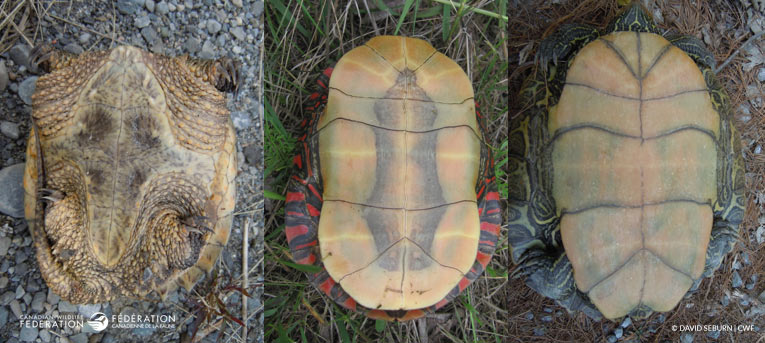
Unfortunately, dead turtles on roads are a common occurrence. Those observations are still valuable but sometimes the turtle can be in poor condition and hard to identify. Often though the bottom shell will be in better condition, and the bottom shell can frequently be used to identify the species, so take a photo of the top and bottom of the turtle if possible.
Get Cracking!
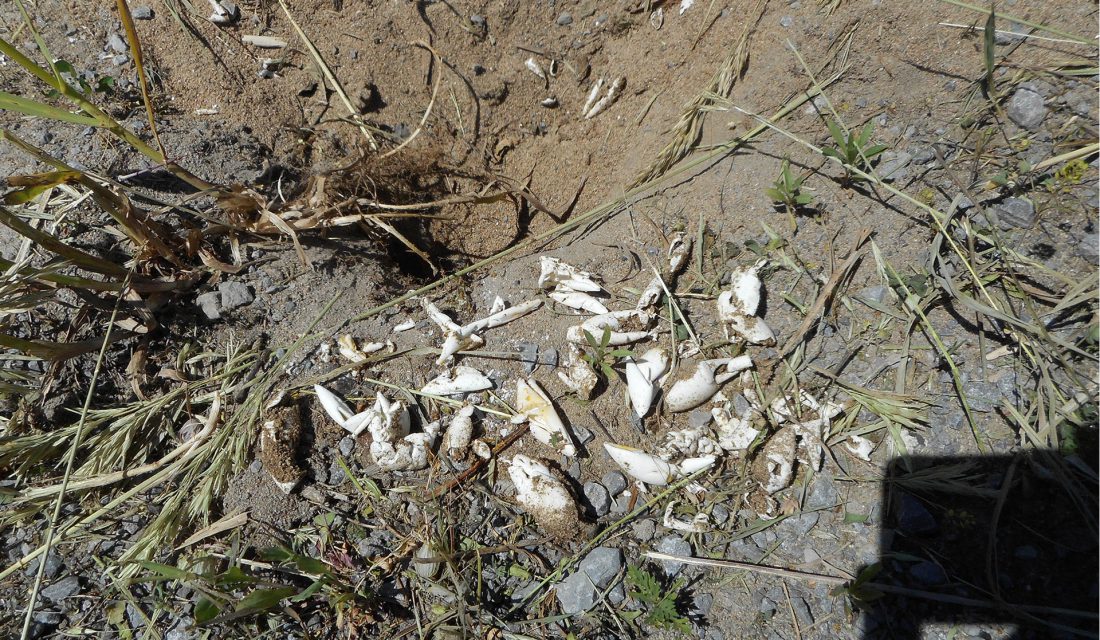
Don’t forget to take photos and observations of predated turtle nests. A small hole in the ground with scattered eggshells around the hole indicates a predated nest. It might not be possible to figure out which species laid the eggs, but it is still valuable to record where turtles are nesting.
Two for One!
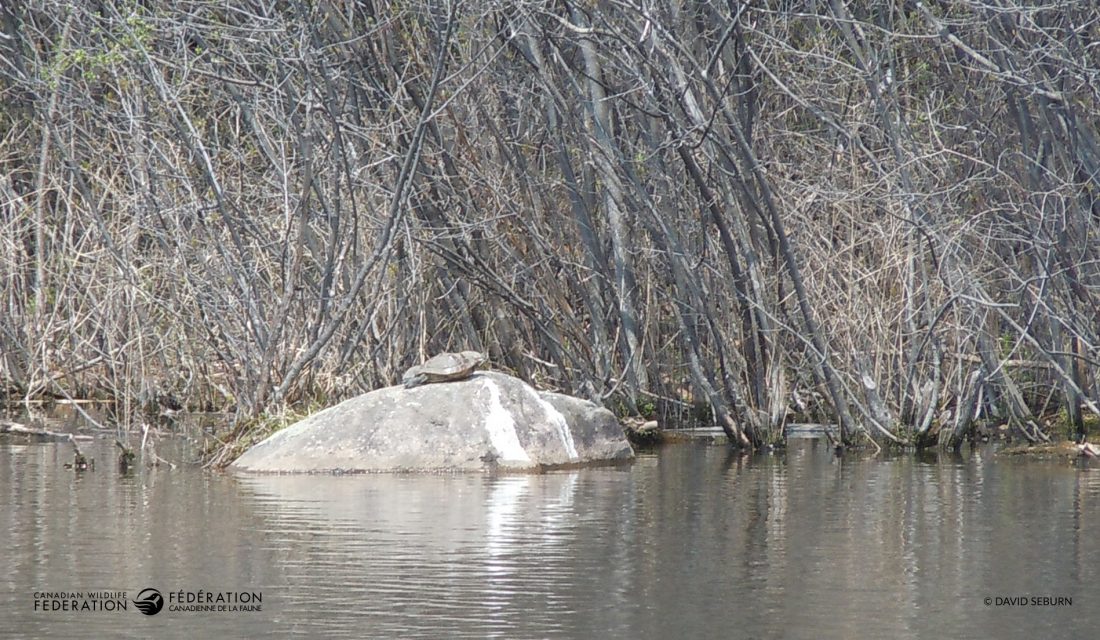
Sometimes more than one species of turtle will bask on the same log. To record both species in one photo in iNaturalist, you must duplicate the observation. This is easier to do on a computer than a phone. Go to the observation, click on the small arrow next to ‘Edit’ in the top right hand corner, and then click ‘Duplicate.’ This will create a new observation with the same location, photo and date. Just add the name of the second species to the new observation to create a separate record for each species. It is helpful to add a note like this observation is for the turtle on the right and there is a separate observation for the turtle on the left.
Sometimes a mediocre photo of turtle seems fine since that turtle on a far off long must be a Painted Turtle. Unfortunately, there are a growing number of exotic turtles released into the wild in Canada. There are more than 2,000 observations on iNaturalist Canada of the exotic Red-eared Slider, the common pet shop turtle, which often gets released into the wild when it gets too big. A good, clear photo can help us tell if that turtle is another Painted Turtle or something else.
All eight of our native freshwater turtle species in Canada are listed as species at risk. Turtles need all the help they can get and recording observations of turtles can help monitor populations, confirm the location of exotic species, and help identify major areas where turtles are hit on the road. Observing turtles can be fun but it’s also valuable – when the photos are good and clear.

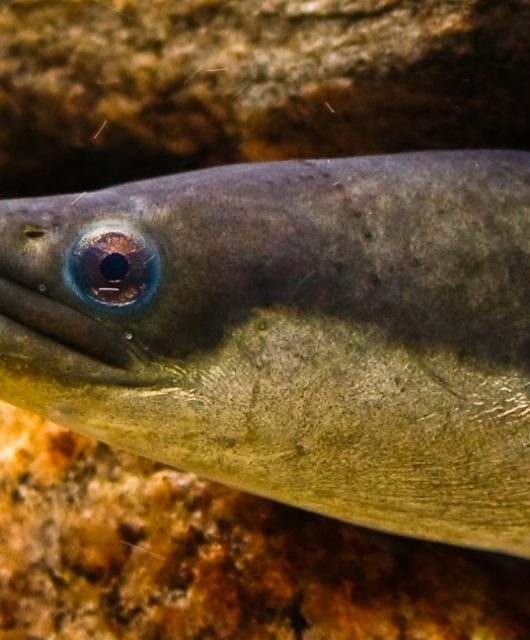
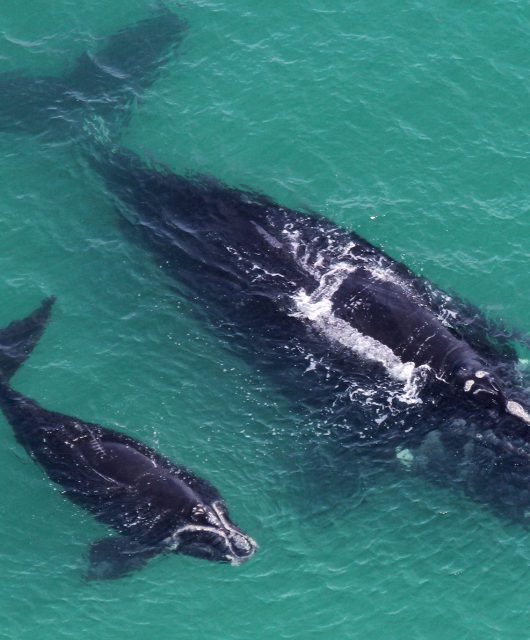
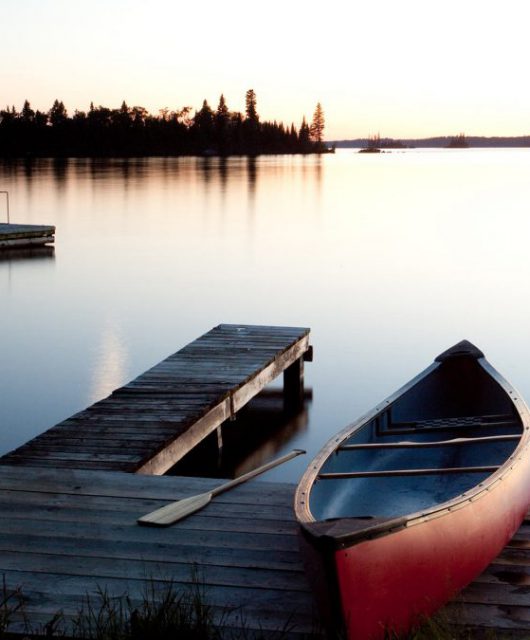
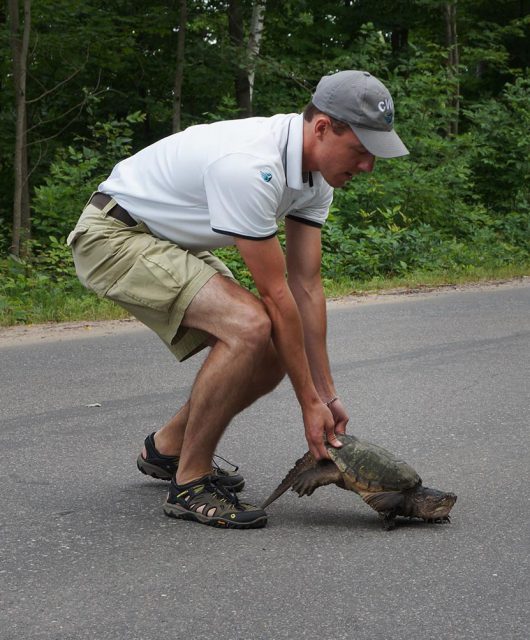
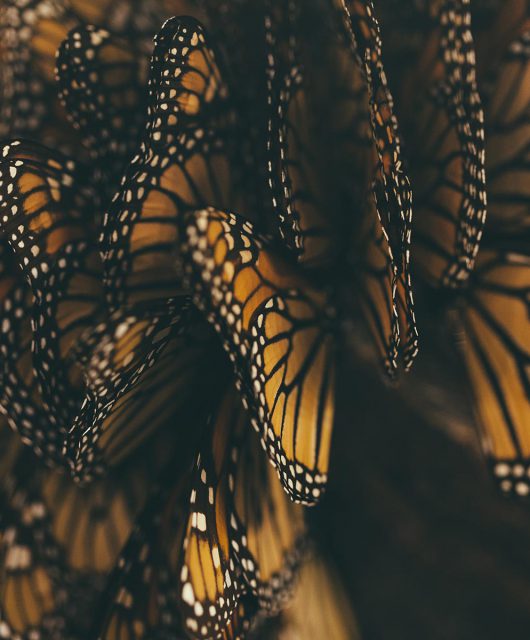
1 comment